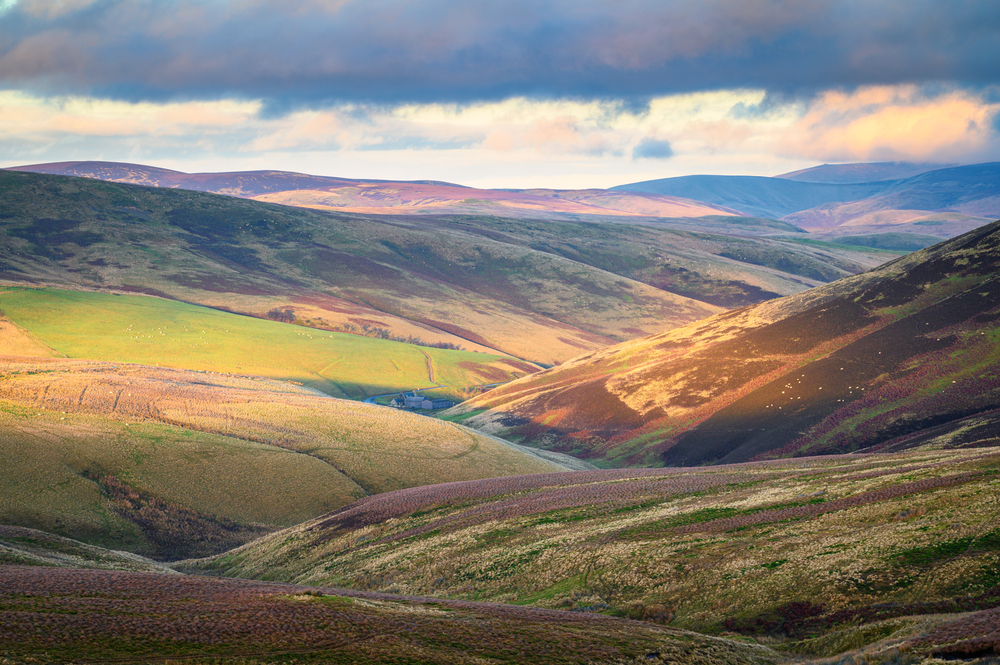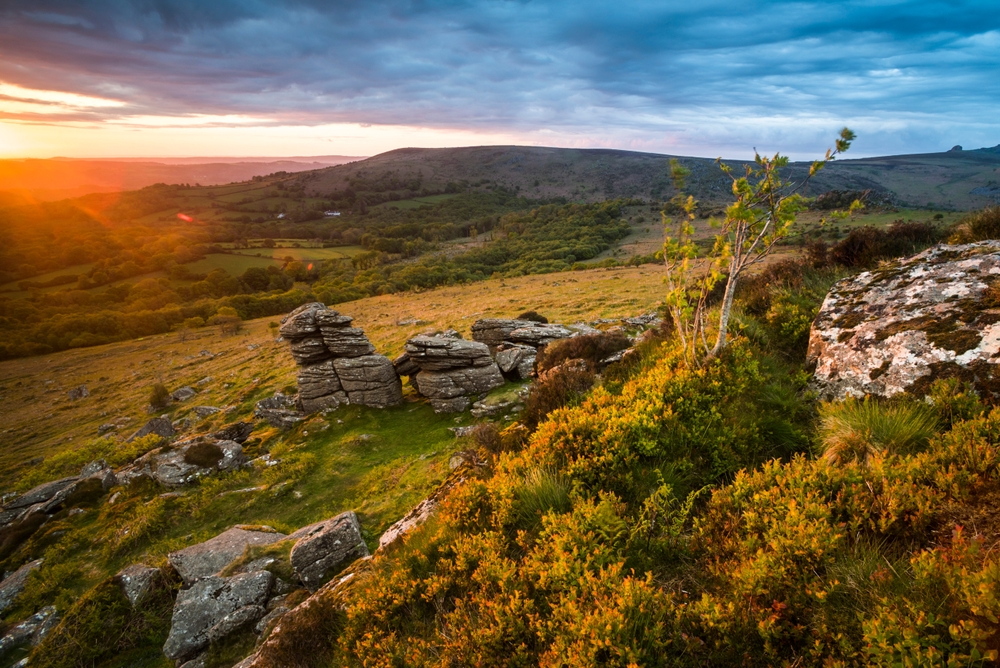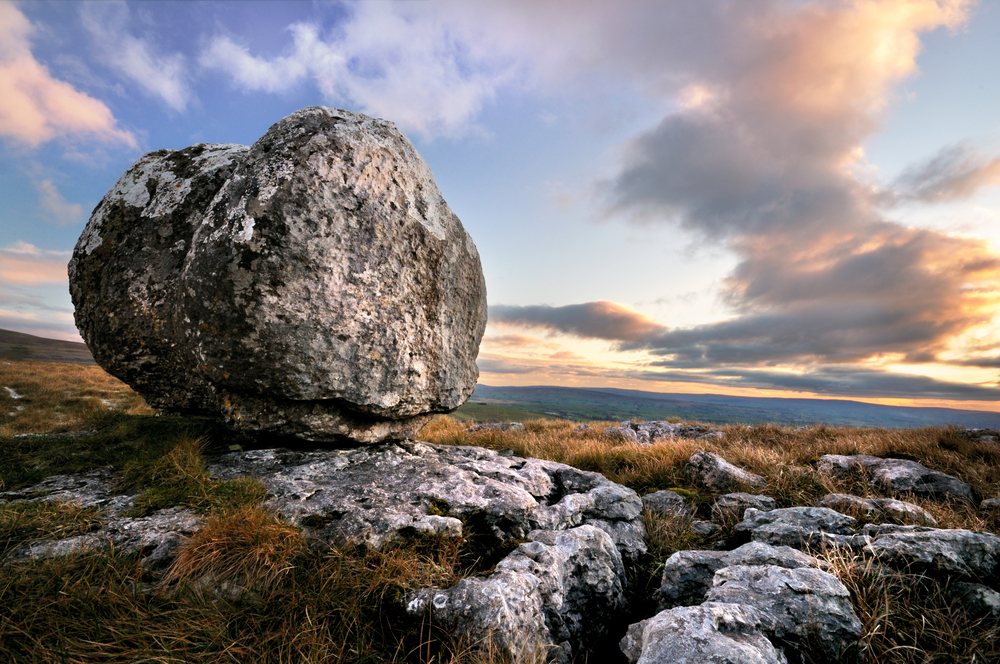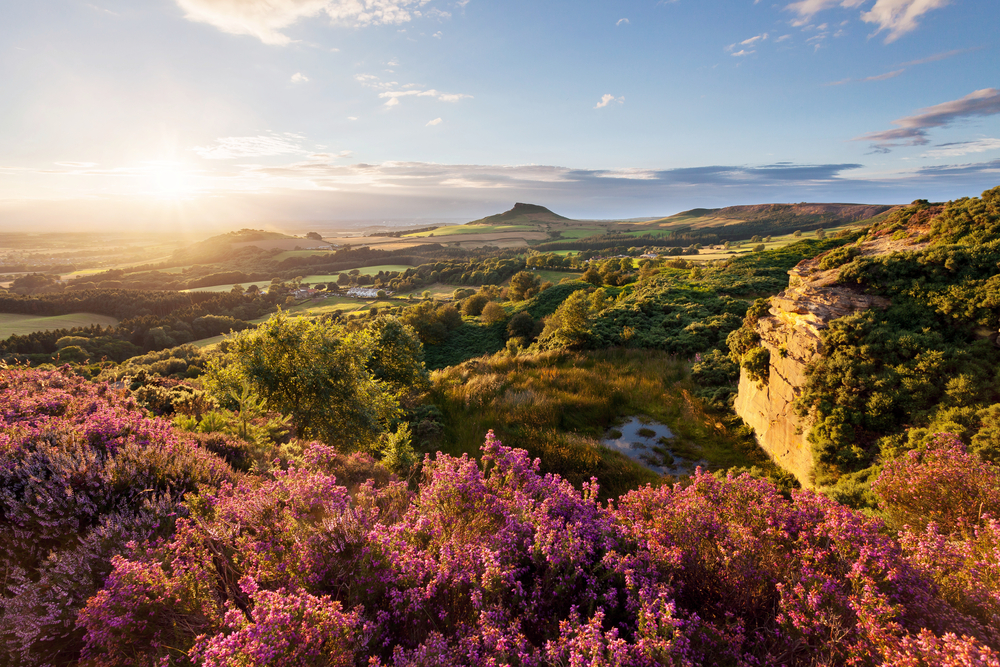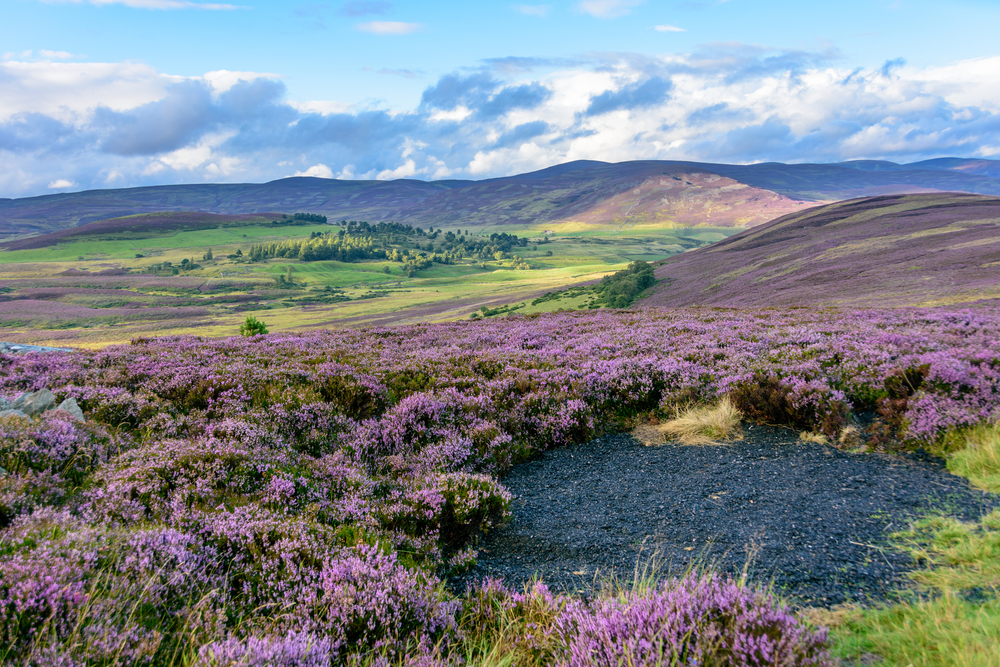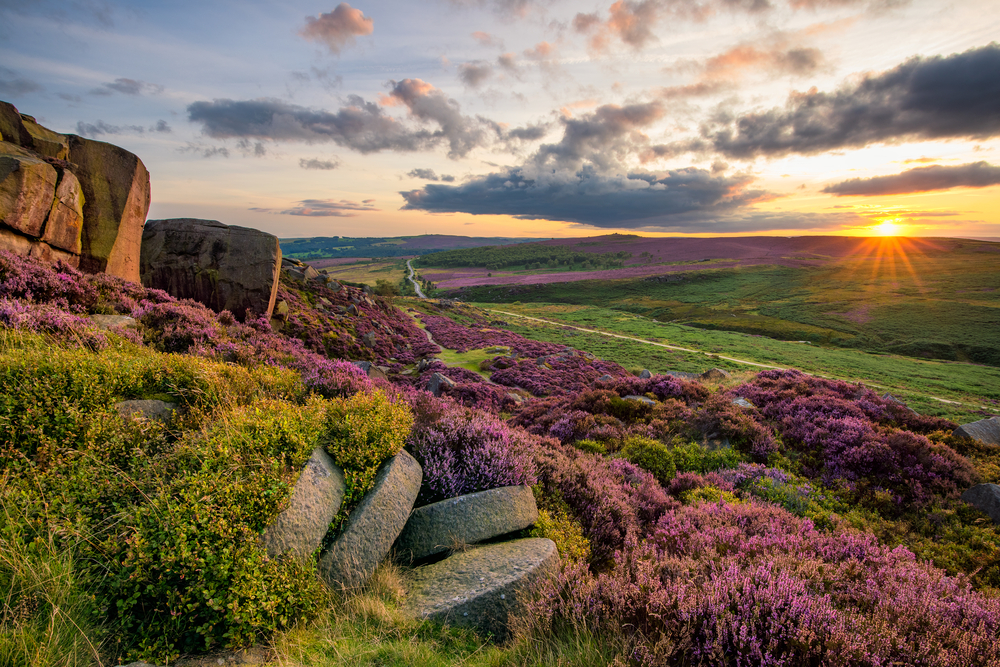Northumberland Overview
Northumberland National Park, located in North East England, is a sprawling expanse of natural beauty covering approximately 410 square miles (1,050 square kilometers). This breathtaking park stretches from Hadrian’s Wall in the south to the Cheviot Hills along the Scottish border.
Known as “Parc Cenedlaethol Northumberland” in Welsh, the park is celebrated for its remote wilderness, dark skies, and rich historical significance. Its vast and varied landscapes make it one of the most pristine and tranquil areas in the United Kingdom, drawing nature enthusiasts, hikers, and history buffs alike.
The terrain of Northumberland National Park is a stunning mosaic of rolling hills, dramatic ridges, and open moorlands. The Cheviot Hills, a defining feature of the park, showcase sweeping upland scenery, with The Cheviot itself standing as the highest peak at 2,674 feet (815 meters). The River Coquet meanders gracefully through the park, while cascading waterfalls, such as Linhope Spout, provide serene spots for reflection.
Vegetation varies across the park, with rugged heather moorlands dominating the uplands, lush grasslands in the valleys, and ancient woodlands scattered throughout, including the enchanting Simonside Forest. The mix of landscapes is particularly striking during the autumn months when the heather blooms, blanketing the hills in hues of purple.
Northumberland National Park is home to an impressive array of wildlife. Visitors might spot majestic red deer roaming the hills or catch a glimpse of elusive otters along the riverbanks. Foxes, badgers, and hares are common sights, while birdwatchers can enjoy spotting golden plovers, curlews, and the rare hen harrier, often considered a highlight of the park’s avian life.
The park is also an important habitat for upland bird species, making it a haven for ornithologists. Amphibians, such as newts, thrive in the park’s wetlands, adding to its ecological richness.
Among its most popular features is Hadrian’s Wall, a UNESCO World Heritage Site and a relic of Roman Britain that attracts visitors interested in history and archaeology. Other highlights include Sycamore Gap, a striking tree framed dramatically by the ancient wall, and the historic Otterburn Ranges, steeped in military and cultural heritage.
Stargazing is another favorite activity due to the park’s designation as a Gold Tier International Dark Sky Park, one of the best places in the UK to observe the stars.
Visitors can experience Northumberland National Park through a wide range of activities. Hiking trails, such as the Pennine Way and St. Cuthbert’s Way, offer stunning views and a chance to explore its diverse landscapes. Cycling and horseback riding are also popular, with paths winding through valleys and moorlands.
For those seeking a quieter experience, guided walks, photography tours, and wild swimming provide a deeper connection to nature. The park is also known for its small, welcoming villages where visitors can learn about local traditions and culture.
Conservation efforts have been a major focus in Northumberland National Park. Challenges such as habitat degradation and the impact of tourism are met with sustainable management practices. Successful rewilding projects and community engagement initiatives have helped preserve the park’s biodiversity and cultural heritage, ensuring its protection for future generations.








































































